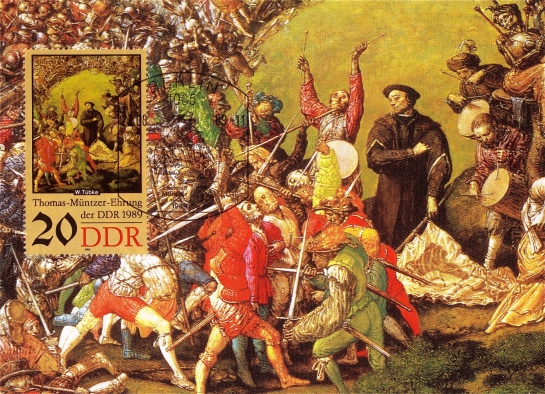Looking for ways to spend time with my family this Christmas season, I decided to try my hand at the medium of felt buildings. My partner and daughter were working on seasonally-themed structures, but I figured GDR modern structures might benefit from the felt treatment . . .
First up, was a recreation of the “Maple Leaf” canteen in central East Berlin. The building’s distinctive roof was the trademark design of the iconic GDR architect Ulrich Müther and its shape gave the building its name. The canteen opened in 1973 and could seat up to 880 diners at once with its clientele coming from local schools and workplaces. Sadly, the “Maple Leaf” fell to the wrecking ball in 2000.





 Happy New Year! I’ve managed to get a new GDR Objectified Field Trip together and this time it’s to Chemnitz / Karl-Marx-Stadt. Check it out at:
Happy New Year! I’ve managed to get a new GDR Objectified Field Trip together and this time it’s to Chemnitz / Karl-Marx-Stadt. Check it out at: 

